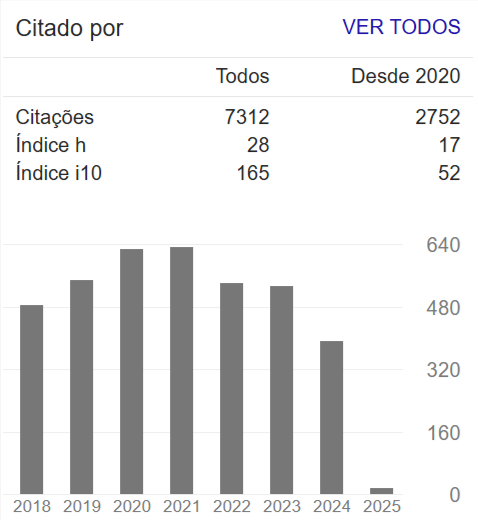O CONDICIONAMENTO DE ÁGUA SUBTERRÂNEA NO CRISTALINO FRATURADO: REAVALIAÇÃO DA ABORDAGEM ESTRUTURAL
Resumo
Hydrogeological prospecting in NE Brazil and other crystalline terrains is based on a structural framework which demands a significant update. In this kind of terrain, water percolation and acummulation is controled by fractures and other discontinuities. In order to build a new conceptual model, the present contribution discusses a number of topics such as fracture geometry (including their aperture and connectivity) and chronology, as well as the crustal level of the brittle deformation, have to be placed in a regional framework while being evaluated during water well location. Different fracture systems
may be present at each place, aging from the end of the Precambrian (late in the Brasiliano orogeny) to the Juro-Cretaceous rifting and continental drift, besides
reactivations during Cenozoic times. As exploitable water migration and acummulation is a very young process, in due course in the uppermost crustal levels, neotectonic stress
fields certainly exert an important control; these fields can be estimated on the basis of structural and seismological data, in situ measurements and on the morphotectonic evolution. Weathering processes can also influence “opening” of fractures and other rock discontinuities, such as foliation planes, sometimes in an anisotropic pattern which reflects a neotectonic control . These concepts imply reformulations on the present working methodology and point to new research trends. This contribution emphasizes simple concepts and techniques,
able to be incorporated in the hydrogeological prospecting accross semi-arid regions.

















